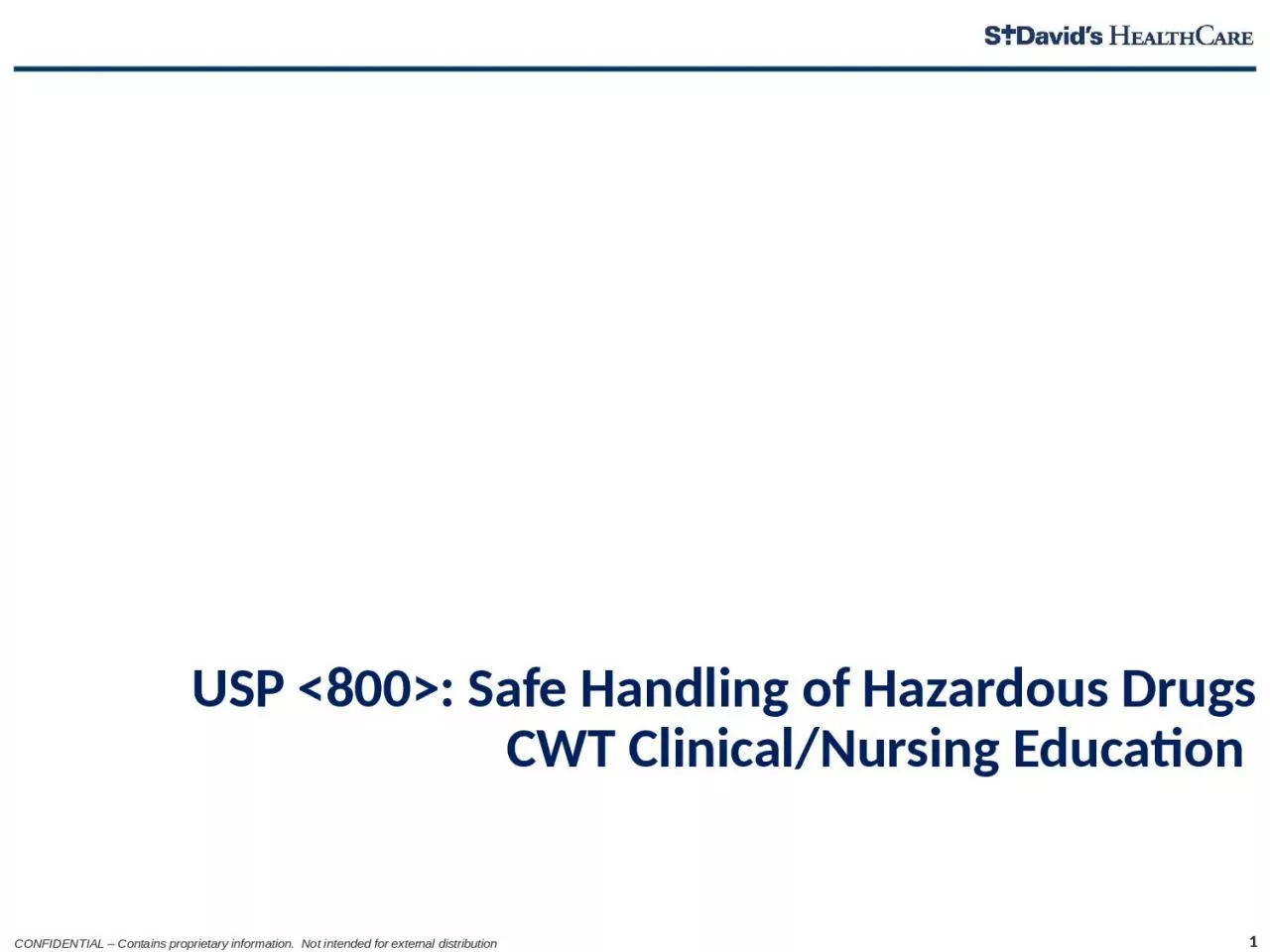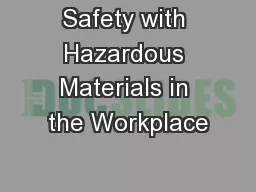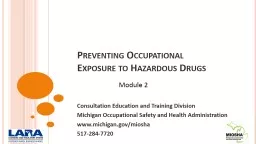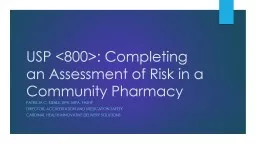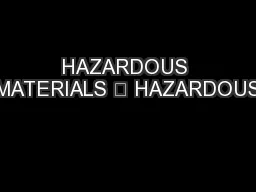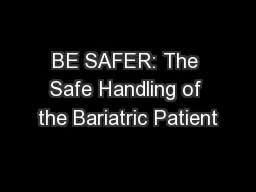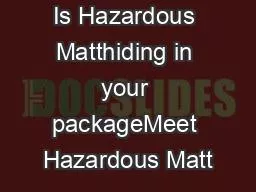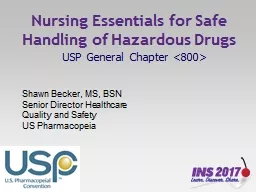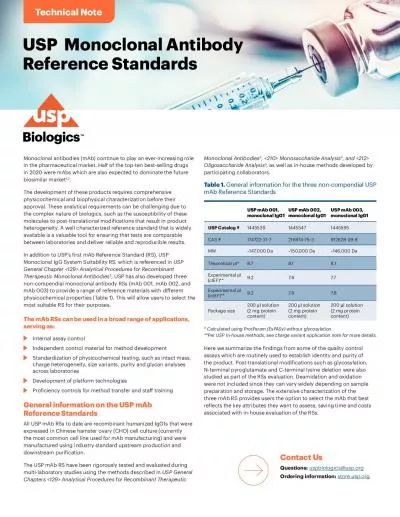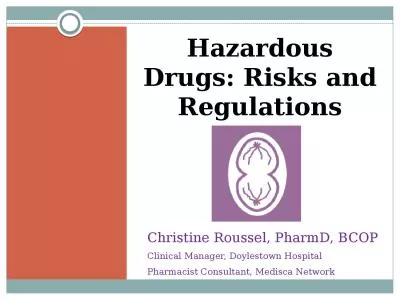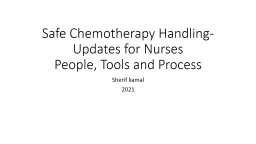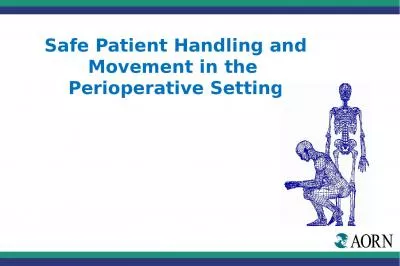PPT-1 USP <800>: Safe Handling of Hazardous
Author : SultrySiren | Published Date : 2022-08-04
Drugs CWT ClinicalNursing Education 2 Overview Handling Hazardous Drugs in Healthcare Settings United States Pharmacopeia Chapter lt800gt is a federally mandated
Presentation Embed Code
Download Presentation
Download Presentation The PPT/PDF document "1 USP <800>: Safe Handling of Ha..." is the property of its rightful owner. Permission is granted to download and print the materials on this website for personal, non-commercial use only, and to display it on your personal computer provided you do not modify the materials and that you retain all copyright notices contained in the materials. By downloading content from our website, you accept the terms of this agreement.
1 USP <800>: Safe Handling of Hazardous: Transcript
Download Rules Of Document
"1 USP <800>: Safe Handling of Hazardous"The content belongs to its owner. You may download and print it for personal use, without modification, and keep all copyright notices. By downloading, you agree to these terms.
Related Documents

